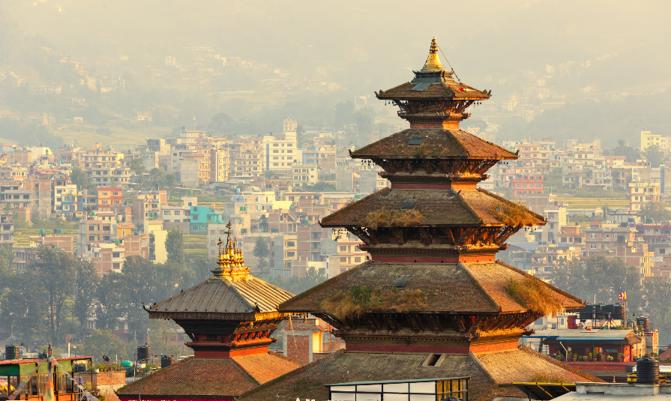Bhaktapur
Exploring the Cultural Gem of Bhaktapur, Nepal.
Nestled in the Kathmandu Valley, Bhaktapur stands as a testament to Nepal's rich cultural heritage and architectural marvels. Known as the "City of Devotees" or "City of Culture," Bhaktapur exudes an aura of antiquity and spirituality that captivates visitors from around the world. With its well-preserved medieval architecture, vibrant festivals, and warm hospitality, Bhaktapur offers a glimpse into Nepal's glorious past and enduring traditions.
A Journey through Time.
Stepping into Bhaktapur is like stepping back in time. The city's narrow cobblestone streets, intricately carved wooden facades, and ancient temples transport visitors to a bygone era. Founded in the 12th century by King Ananda Deva, Bhaktapur served as the capital of the Malla Kingdom until the 15th century. Its strategic location along the trade routes between Tibet and India contributed to its prosperity and cultural richness.
Architectural Marvels.
Bhaktapur is renowned for its exquisite architecture, particularly its well-preserved Newar buildings. The Durbar Square, a UNESCO World Heritage Site, is the heart of the city and home to numerous palaces, temples, and courtyards. The 55-Window Palace, with its intricate woodwork and lattice windows, stands as a testament to NE war craftsmanship. Nearby, the Nyatapola Temple, dedicated to the goddess Siddhi Lakshmi, rises gracefully with its five tiers symbolizing the five elements.
Living Heritage.
Despite the ravages of time and natural disasters, Bhaktapur remains a living testament to its cultural heritage. The city's residents, predominantly Newars, take great pride in preserving their traditions and craftsmanship. Visitors can witness artisans at work in traditional pottery workshops, crafting intricately designed clay pots using age-old techniques passed down through generations. The city's lively markets offer a glimpse into everyday life, where locals trade goods amidst the backdrop of ancient buildings.
Festivals and Celebrations.
Bhaktapur is synonymous with festivals, which play a vital role in community life. The Bisket Jatra, celebrated during Nepali New Year in April, is one of the city's most vibrant festivals. It features colorful processions, chariot pulls, and religious rituals, drawing crowds of locals and tourists alike. During the Indra Jatra, devotees gather to pay homage to the rain god Indra, accompanied by masked dances and cultural performances. These festivals serve as a reminder of Bhaktapur spiritual heritage and the resilience of its people.
Preserving the Past, Embracing the Future.
In recent years, Bhaktapur has faced challenges posed by rapid urbanization and modernization. Efforts are underway to balance development with heritage conservation, ensuring that future generations can continue to appreciate the city's cultural treasures. Local initiatives, supported by government agencies and international organizations, focus on restoration projects, heritage education, and sustainable tourism practices.
Visiting Bhaktapur.
For travelers seeking an authentic cultural experience, Bhaktapur offers a wealth of attractions and activities. Visitors can wander through its labyrinthine streets, marvel at its architectural wonders, and immerse themselves in its vibrant festivals. The city's guesthouses and eateries provide comfortable accommodations and authentic Nepali cuisine, while its markets offer an array of handicrafts and souvenirs.
Conclusion.
Bhaktapur, with its timeless charm and cultural richness, stands as a living testament to Nepal's glorious past and enduring traditions. As the city embraces the challenges of the modern world, it remains steadfast in its commitment to preserving its heritage for future generations to cherish and admire. A visit to Bhaktapur is not just a journey through history but a celebration of the human spirit and the enduring legacy of a vibrant civilization.



